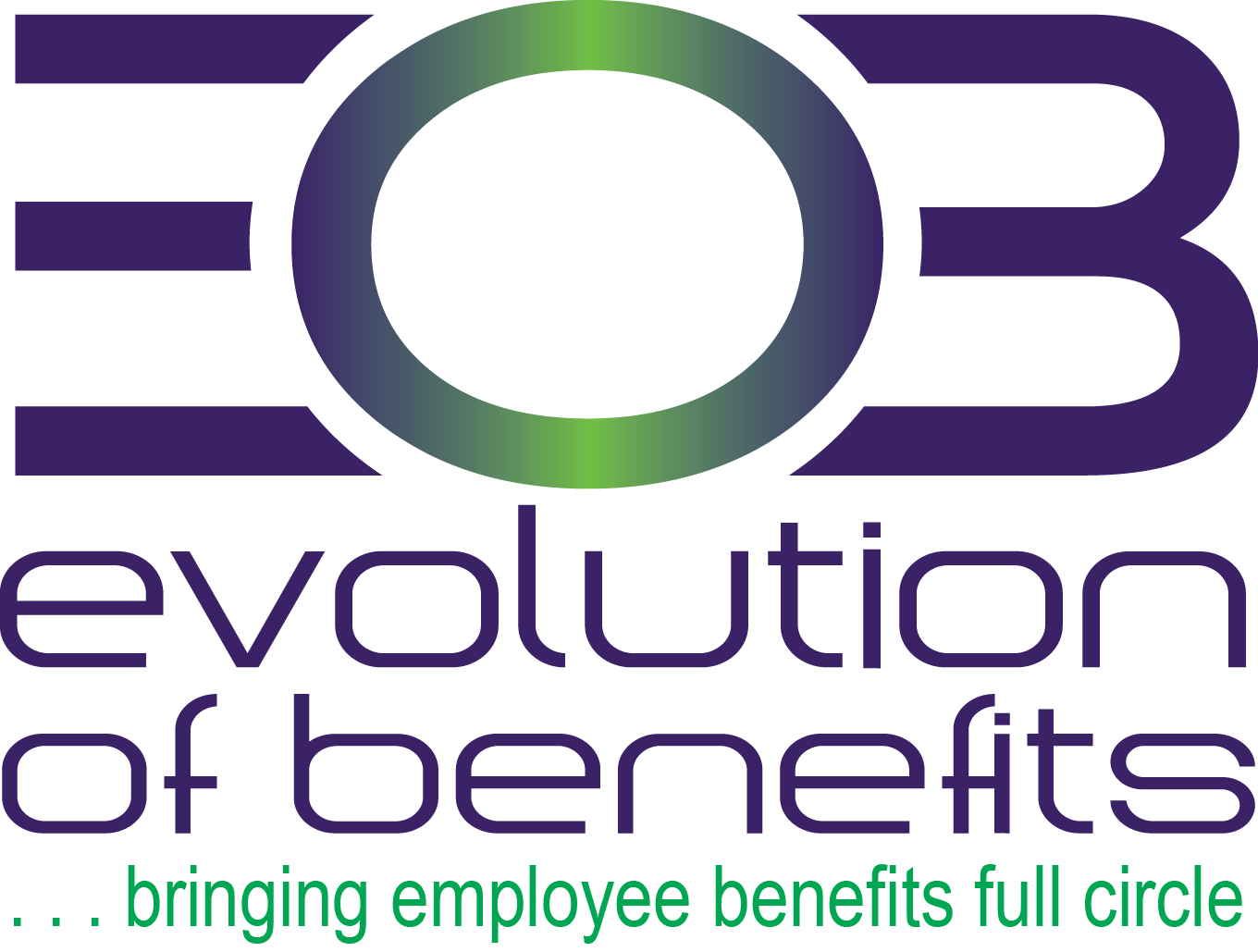Compliance Tracker – October

No key compliance deadlines for November 2024.
Year-end Compliance Reminders
As 2024 approaches its end, employers should review their compliance to ensure that all required activities will be completed by the end of the year. In addition, as the end of the year approaches,
employers should consider reminding employees what happens to unused funds in their health FSAs, dependent care FSAs and HRAs at the end of the year and remind employees of the company’s policy for unused PTO at the end of the year.
Benefits and Me: Flexible Spending Accounts (October)

A flexible spending account (FSA) is a beneficial tool for saving money on health care because it contains pre-tax dollars contributed each pay period to pay for qualified medical and dental expenses.
An important provision of an FSA is that most of the money contributed within a calendar year (and any applicable grace period) must be spent within the same year, or it will be lost. Toward the end of the year, it’s common for many people to rush to use up leftover funds in their FSAs while they still can. Many people stock up on over-the-counter (OTC) drugs; others may concentrate on using those funds for medical expenses they’ve been putting off. For example, you could schedule a teeth cleaning if you haven’t been to the dentist all year. If there is a screening or procedure you’ve been putting off, use FSA funds for that. The goal is to use that money to keep yourself healthy.
Legal Update: IRS Releases Health FSA Limit for 2025

On Oct. 22, 2024, the IRS released Revenue Procedure 2024-40 (Rev. Proc. 24-40), which includes the inflation-adjusted limit for 2025 on employee salary reduction contributions to health flexible spending accounts (FSAs). For plan years beginning in 2025, the adjusted dollar limit on employees’ pre-tax contributions to health FSAs increases to $3,300. This is a $100 increase from the 2024 health FSA limit of $3,200.
News Brief: Report: Employers Focusing on Plan Redesign to Reduce Health Care Costs

According to the survey, more than half (51%) of U.S. employers expect to redesign health care plans to lower costs. They will likely focus on adopting new plan designs and implementing network strategies that direct employees toward more affordable, high-quality providers and care facilities.
The report said U.S. health care costs have reached record highs since the COVID-19 pandemic, with nearly half of employers expecting costs to exceed budget projections this year.
Employers predict health care costs to rise by 7.7% in 2025, upfrom 6.9% in 2024 and 6.5% in 2023.
– WTW’s 2024 Best Practices in Healthcare Survey
Legal Update: Proposed Rule Would Expand ACA’s Contraceptive Coverage Mandate

On Oct. 21, 2024, the Departments of Labor, Health and Human Services, and the Treasury released a
proposed rule that, if finalized, would expand access to contraceptive coverage without cost sharing under the Affordable Care Act’s(ACA) preventive care mandate. Notably, the proposed rule would require most health plans and health insurance issuers to cover over-the-counter (OTC)contraceptives without imposing cost sharing (e.g., deductibles, copayments or coinsurance) or requiring a prescription.




























